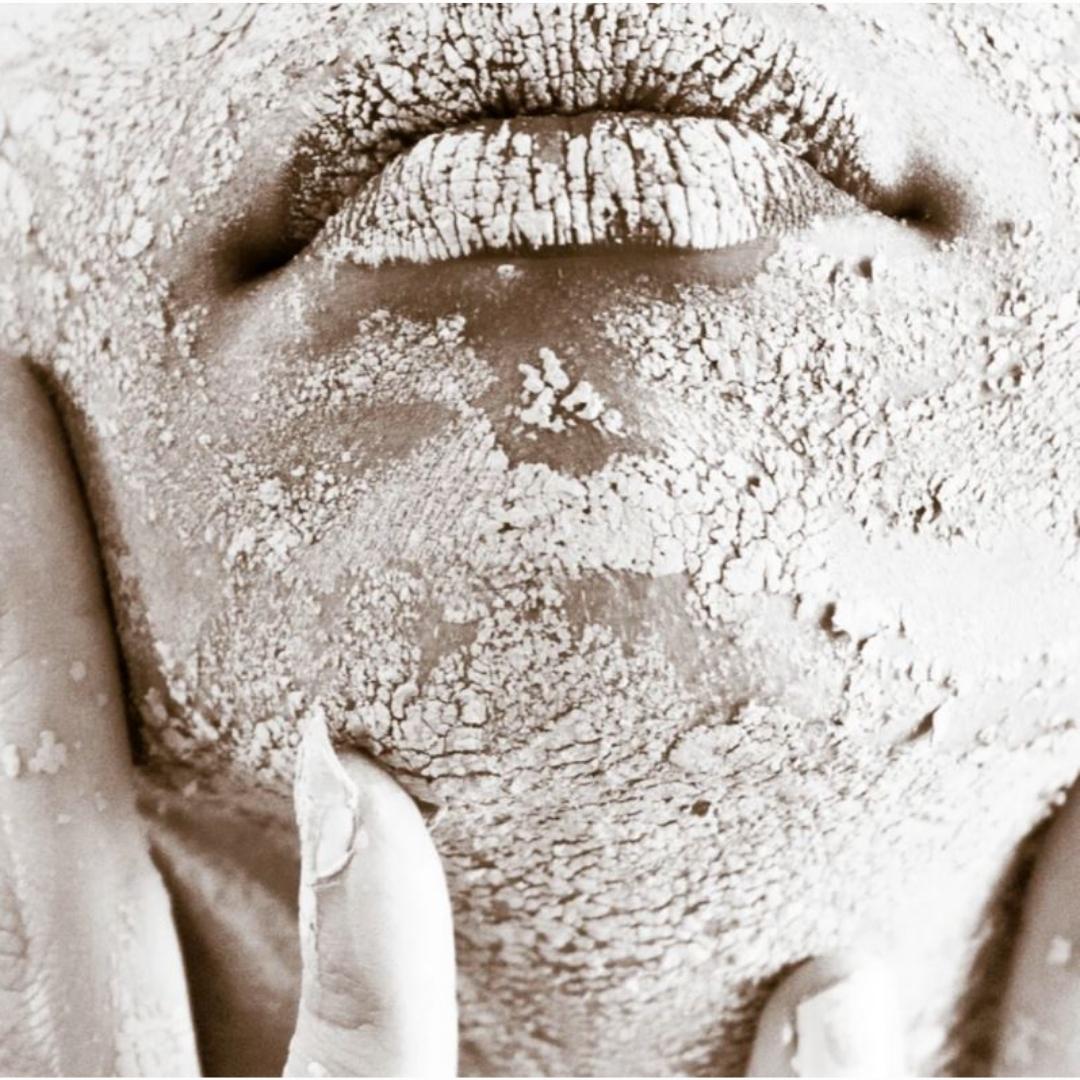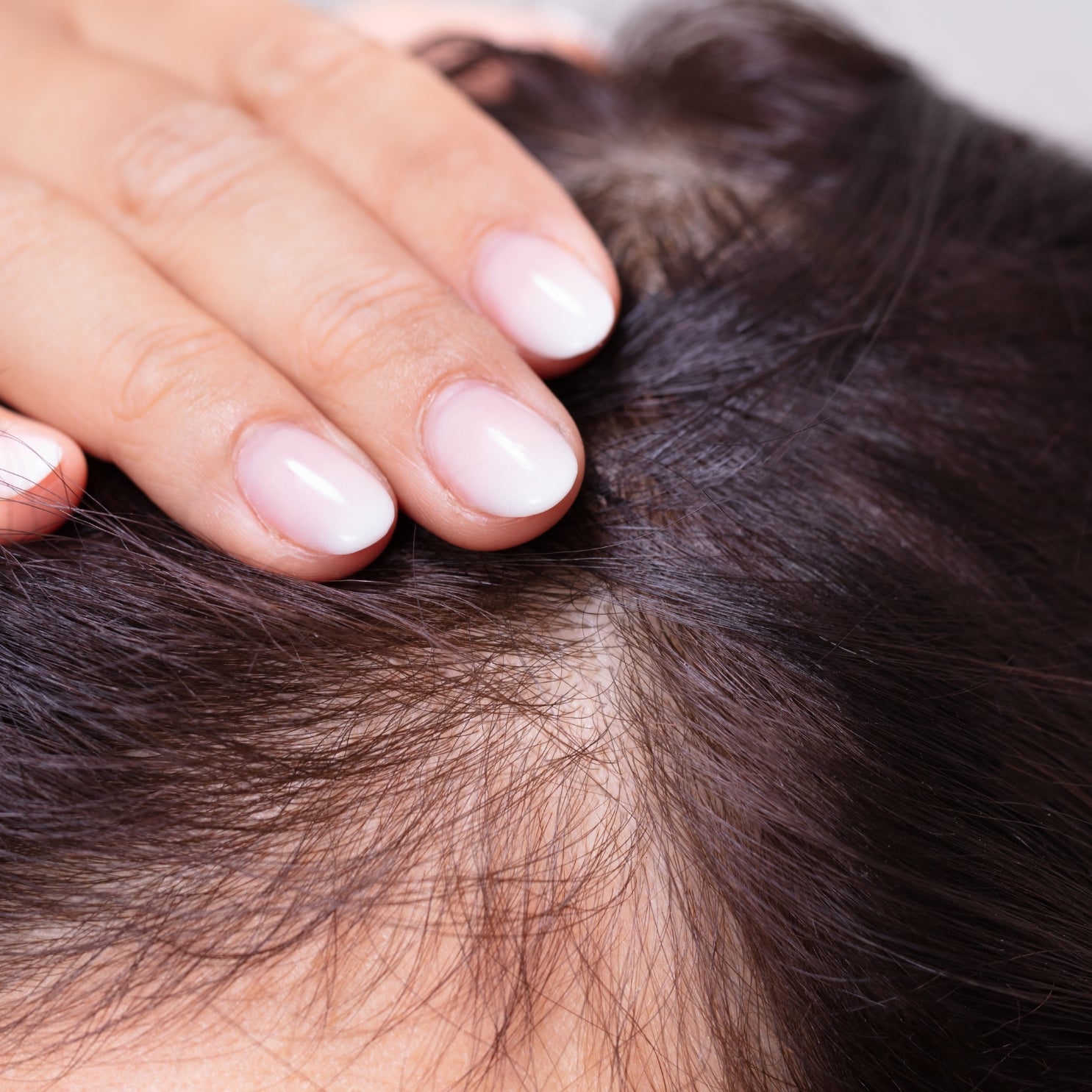Hair Loss in Men and Women | ellé derm
Hair loss can range from mild hair thinning to total baldness. Hair can fall out for many different reasons including:
- Telogen effluvium — This common form of hair loss happens two to three months after a stressful event such as prolonged illness, accident or major surgery. It also can happen after a sudden change in hormone levels, especially in women after childbirth. Moderate amounts of hair fall out from all parts of the scalp, and hair appears thinner. It is rare to see large bald spots.
- Drug side effects — Hair loss can be a side effect of certain medications, including lithium, beta-blockers, warfarin, heparin, amphetamines and levodopa (Atamet, Larodopa, Sinemet). Medications used in chemotherapy commonly cause complete hair loss.
- Symptom of a medical condition — Hair loss can be one of the symptoms of a medical illness, such as systemic lupus erythematosus (lupus), syphilis, a thyroid disorder (such as hypothyroidism or hyperthyroidism), a sex-hormone imbalance or a serious nutritional problem, especially a deficiency of protein, iron, zinc or biotin. These deficiencies are most common in people on restrictive diets and women who have very heavy menstrual flow.
- Tinea capitis (fungal infection of the scalp) — This form of patchy hair loss happens when certain types of fungi infect the scalp. This causes the hair to break off at the scalp surface and the scalp to flake or become scaly.
- Alopecia areata — This is an autoimmune disease that causes hair to fall out in one or more small patches. The cause of this condition is unknown, although it is more common in people who have other autoimmune diseases. When the same process causes total loss of hair from the scalp it is known as alopecia totalis.
- Traumatic alopecia — This form of hair loss is caused by the pulling or tugging of the hair.
- Hereditary pattern baldness, or androgenetic alopecia — In men, hair loss may follow the typical male pattern (receding front hairline and/or thinning hair at the top of the head). This is the most common type of hair loss, and it can begin at any time in a man's life, even during his teen years. It usually is caused by the interaction of three factors: an inherited tendency toward baldness, male hormones and increasing age.
May women will develop some degree of Androgenic Alopecia. In women, thinning occurs over the entire top or crown of the scalp, sparing only the front of the scalp. Patterned hair loss occurs in over 55% of women. For most women, hair loss is subtle and about 20% of women develop moderate or severe hair loss.
While the majority of men have developed temporal recession by their mid-20s and noticeable balding by their mid-50s, for most women, hair loss is mild and only occurs later in life.
What is Hair Made Up Of?
Hair is made from a protein called keratin. The only living part of the hair is the root (sometimes known as the bulb), which is attached to the base of the follicle. The follicle supplies oxygen and nutrients to the root and lubricates the hair shaft with an oily substance called sebum.
The Hair Growth Cycle
Hair is in a constant cycle of growth, rest and renewal. On the scalp, there are approximately 100,000 hair follicles. Over three years, every one of these follicles will produce hair that grows, rests, falls out and then regrows. On average, we lose 50-100 strands of hair every day. If you lose more than this, you may start to notice that your hair is generally thinner, that your part is wider, that your hairline has changed or that one or more bald patches have appeared.
As long as the new hair that grows from that follicle is the same as the one it replaces, the hair density will remain constant. In patterned hair loss, hormones affect the follicle, making it smaller and the new hair becomes shorter and finer than the one it replaces. Eventually, the new hairs are so short and fine they become invisible and the scalp becomes bald.
Treatment for Hair Loss
Although there is no cure for hair loss, some treatments can slow or reduce hair loss, stimulate partial regrowth or replace damaged hair. Surgical hair transplantation can help some men who have advanced balding.
Age-related hair loss and inherited forms of hair loss are difficult to reverse, although treatment may prevent further loss and produce partial regrowth. Non-surgical treatments include lotions and tablets. These generally need to be used continuously for the benefits to be maintained. If you stop treatment, regrowth will cease and hair loss will resume, causing people to become disheartened.
Minoxidil
Minoxidil lotion has been available in Australia since the 1970s and hair regrowth can take up to six months to become apparent. Many different brands are available from pharmacies without a prescription. Drops are applied to the scalp morning and night and rubbed in. There is also foam preparation.
Finasteride
Finasteride is the active ingredient in the men’s hair loss treatment Propecia and requires a prescription. Doses come in 1mg-5mg and Finasteride has been shown to prevent further hair loss in over 95 per cent of men and stimulate partial hair regrowth in two-thirds of men. Regrowth may be apparent at six months but can take up to two years to be visible.
Although uncommon, reduced libido and sexual dysfunction can occur in 1% of men taking Finasteride.
Spironolactone
Spironolactone has been widely used in Australia for the treatment of hypertension and fluid retention. Spironolactone also blocks the effects of androgen hormones, which also makes them popular for the management of adult hormonal acne, unwanted facial and body in women and hair loss on the scalp.
Pregnant or breastfeeding women should not use spironolactone.
Hair Transplant
Hair transplantation is a surgical procedure for the treatment of hair loss. Modern procedures produce natural looking hair and in many cases, is undetectable as a transplant.
Written by Helen lam (B Pharm) MPS
Pharmacist and Cosmetic Formulator
References:
- Australian Medicines Handbook 2021
- "Pattered Hair Loss." Better Health Victoria. Accessed 26th January 2022 URL: https://www.betterhealth.vic.gov.au/health/conditionsandtreatments/patterned-hair-loss
- "Hair Loss." Harvard Health Publishing. Accessed 26th January 2022 URL: https://www.health.harvard.edu/a_to_z/hair-loss-a-to-z



